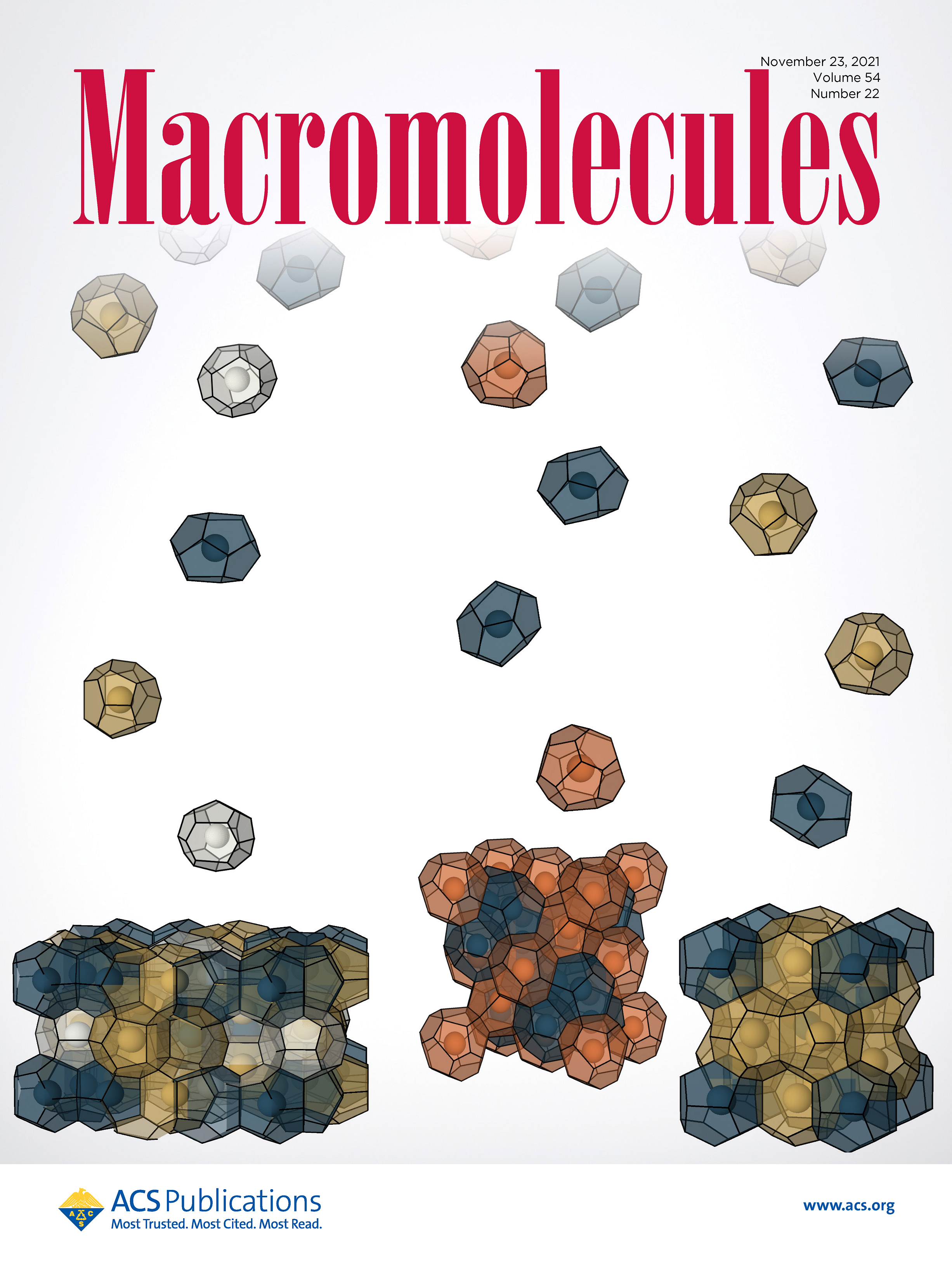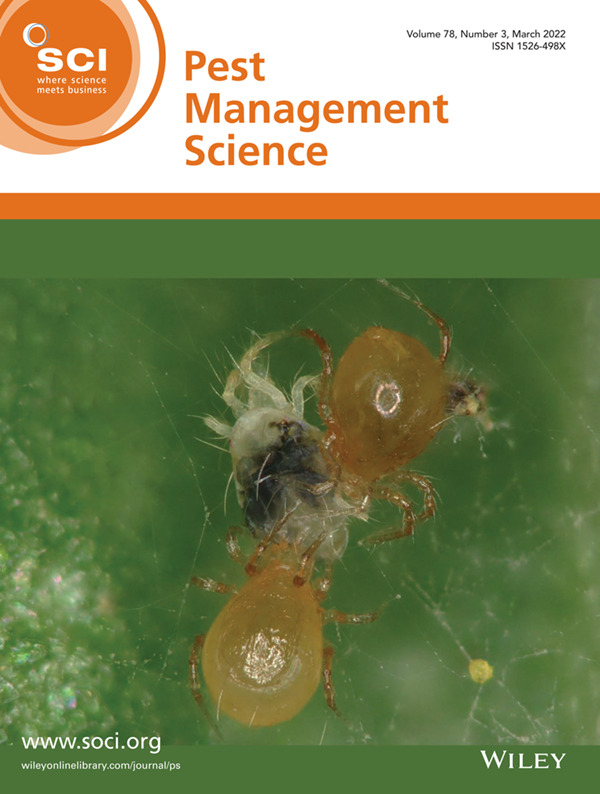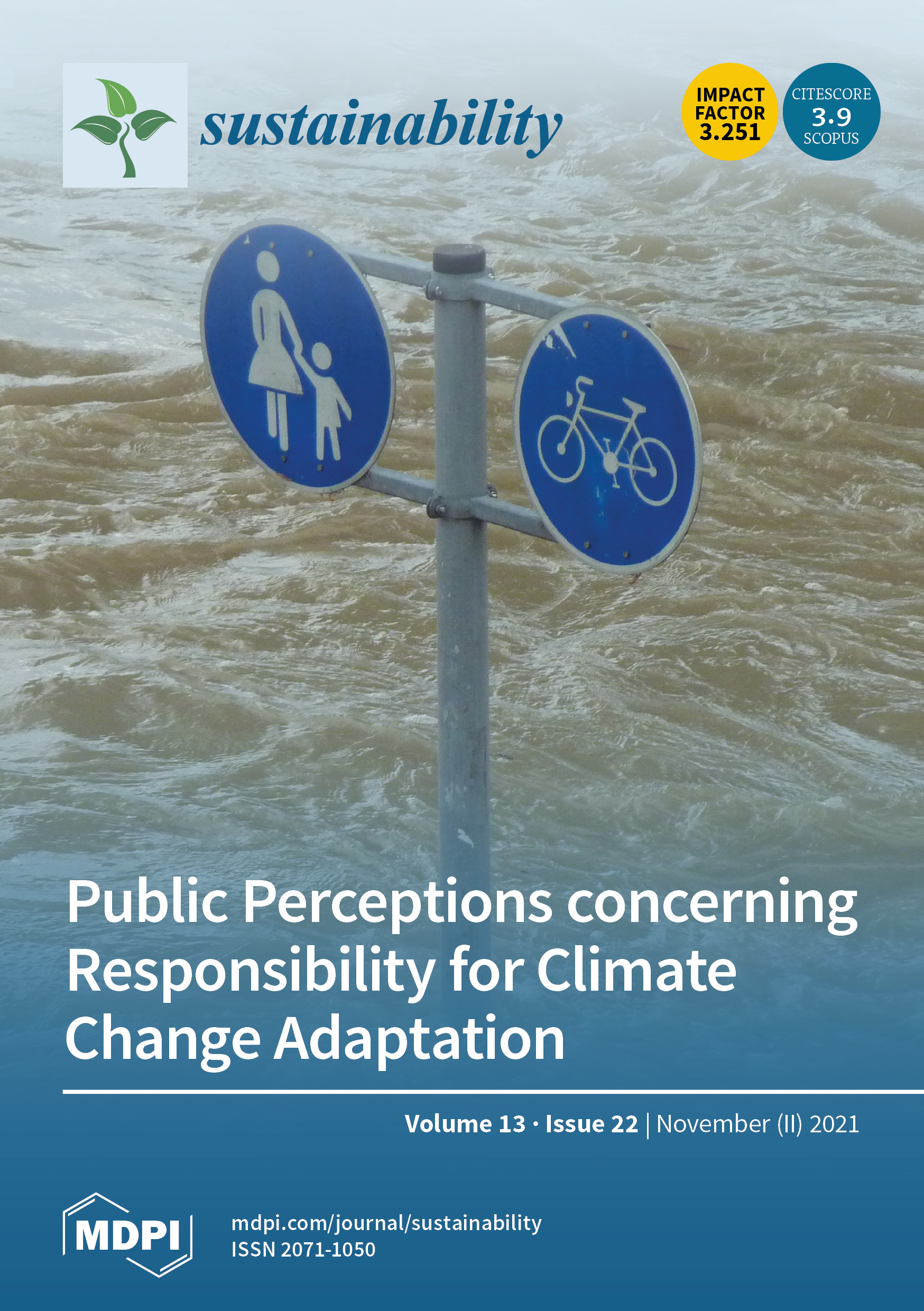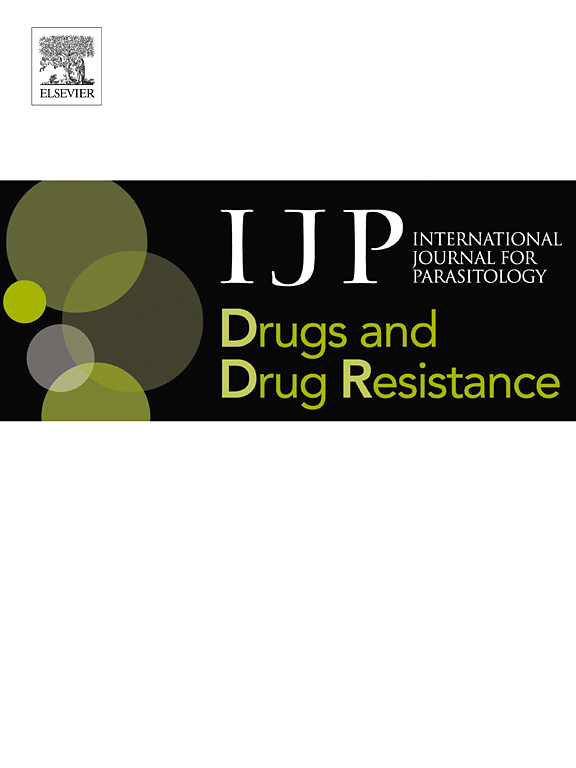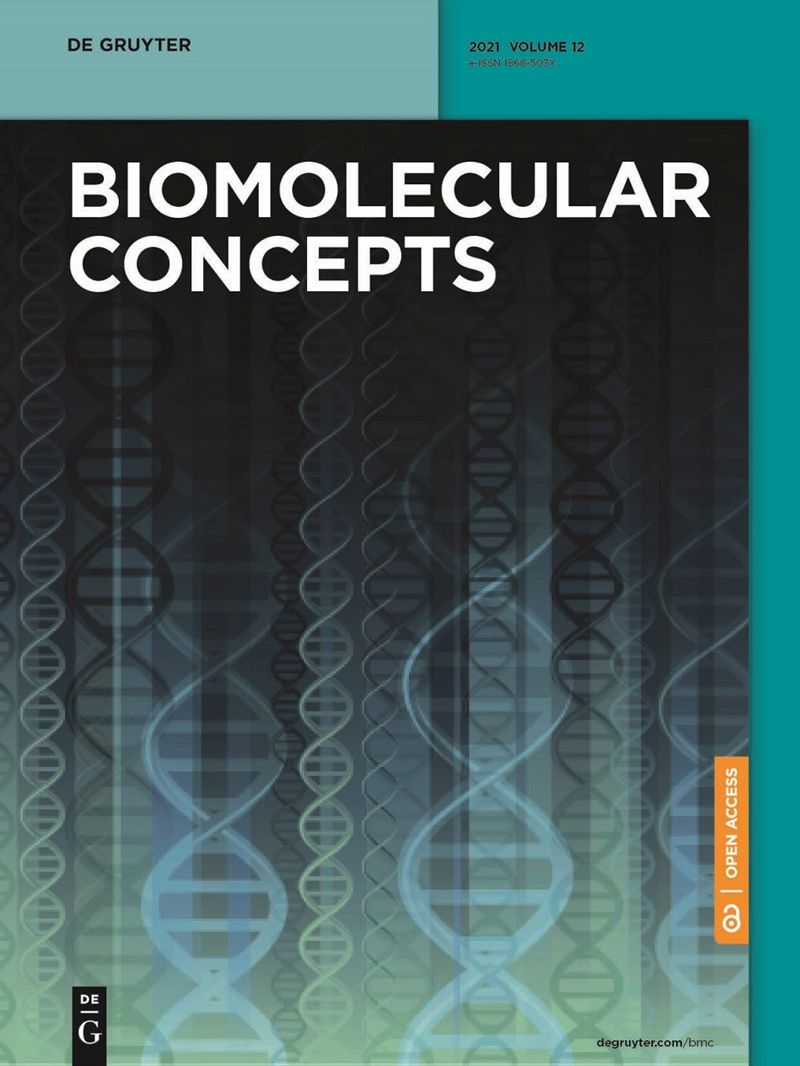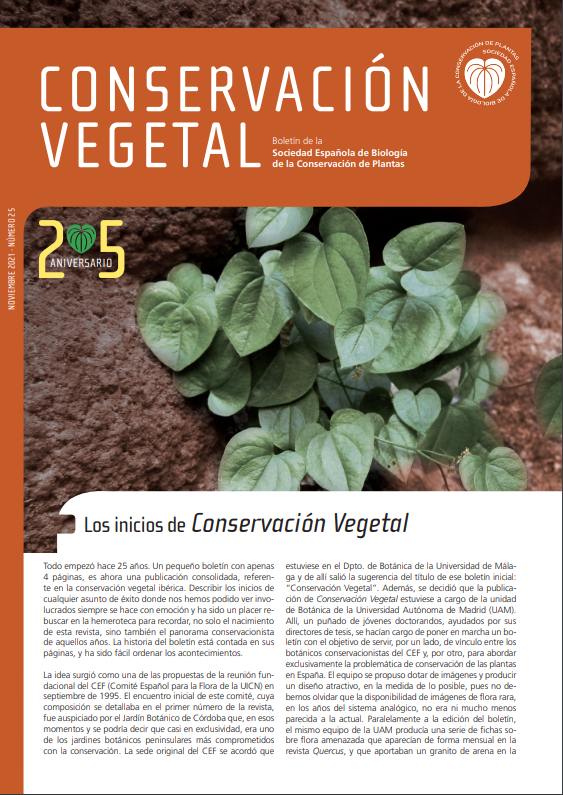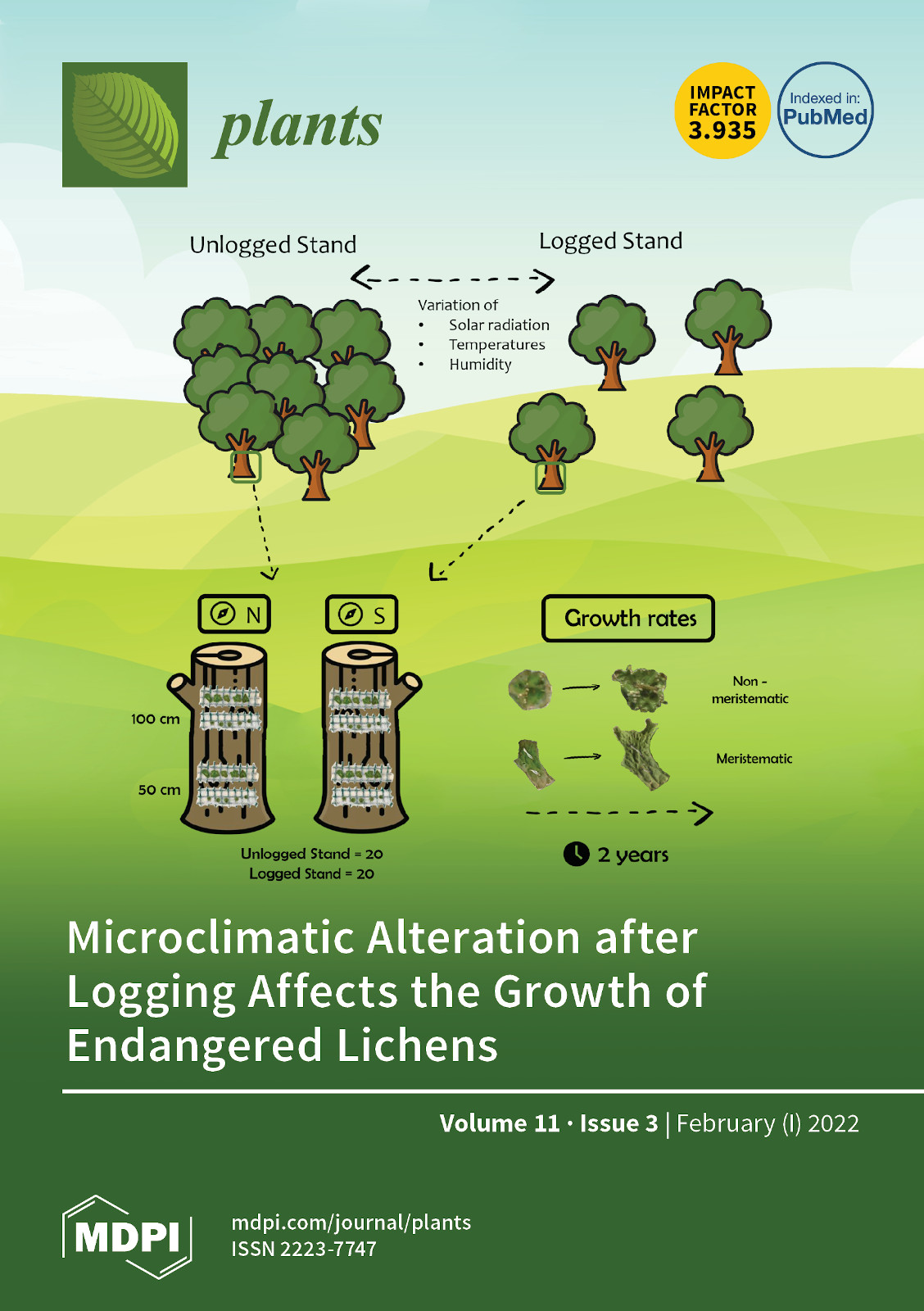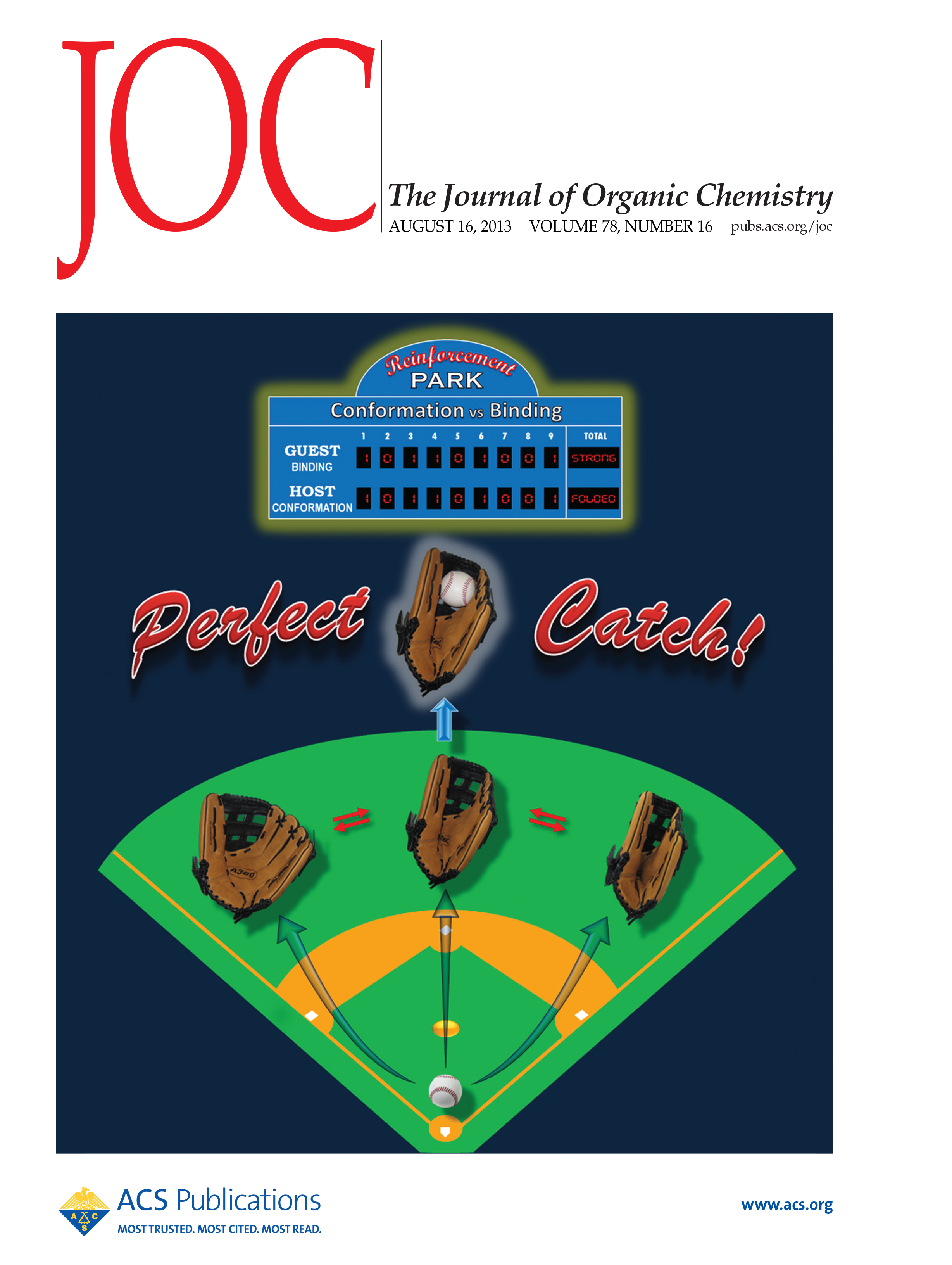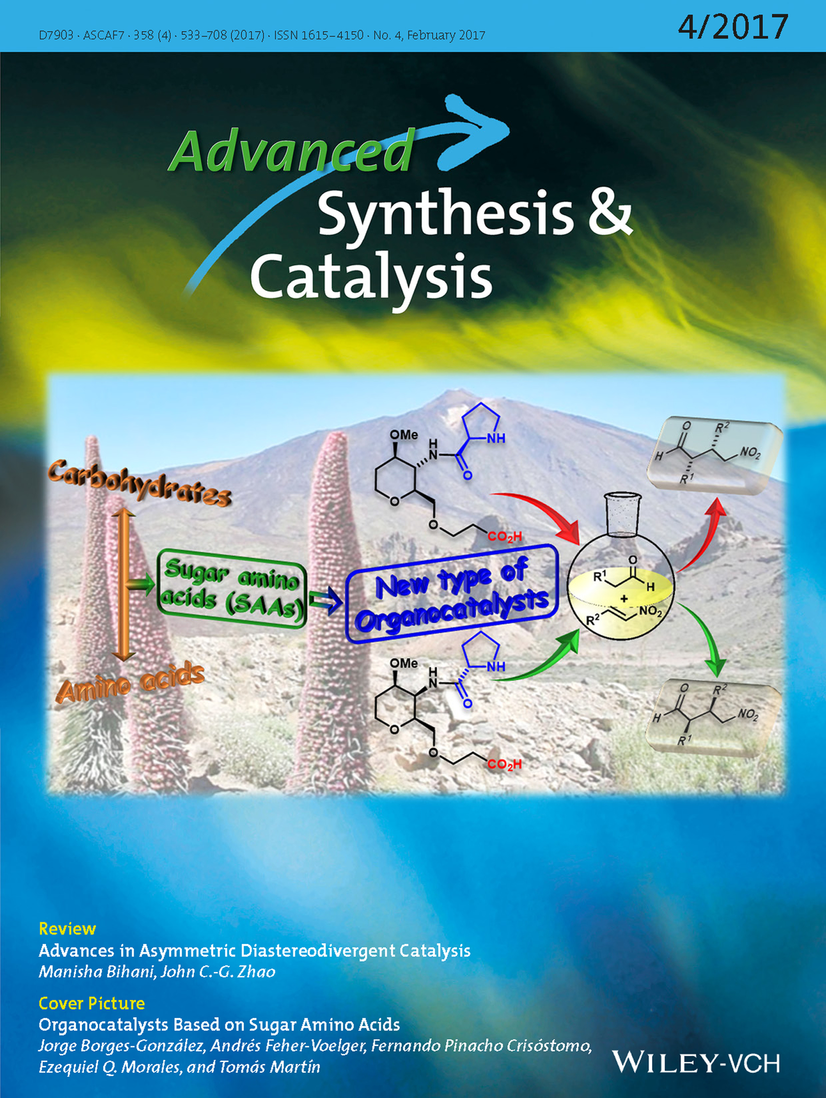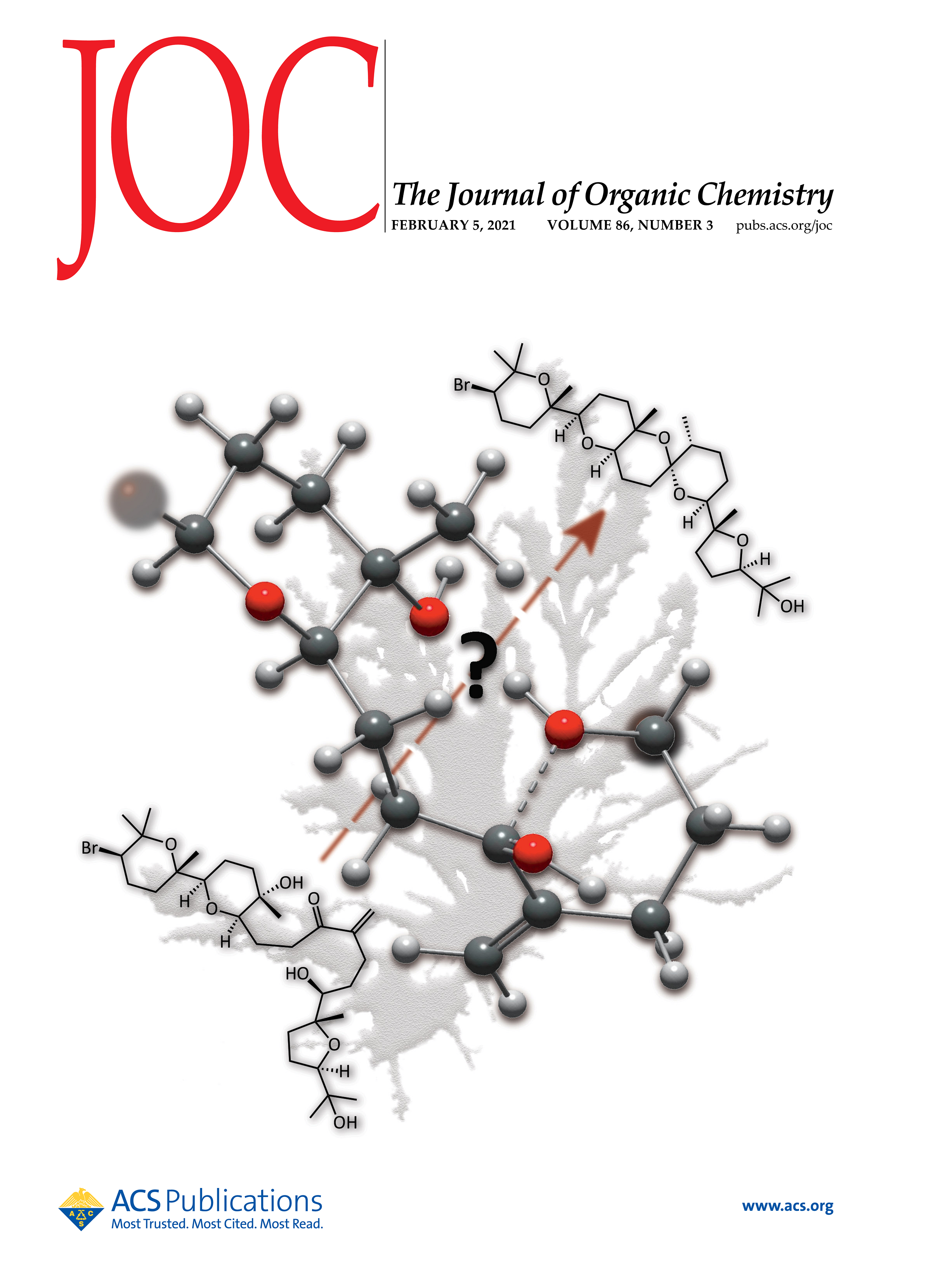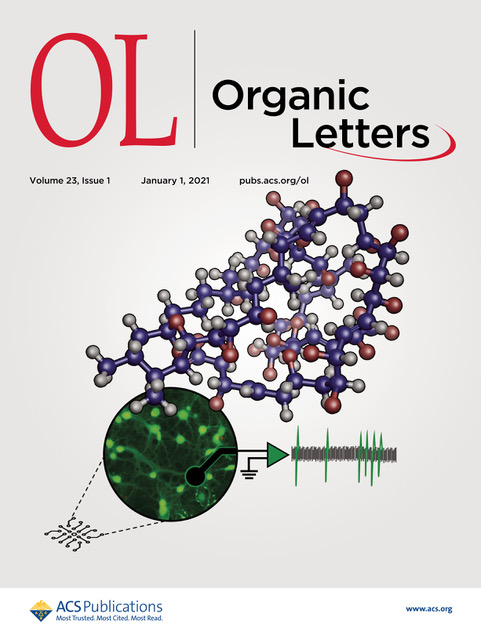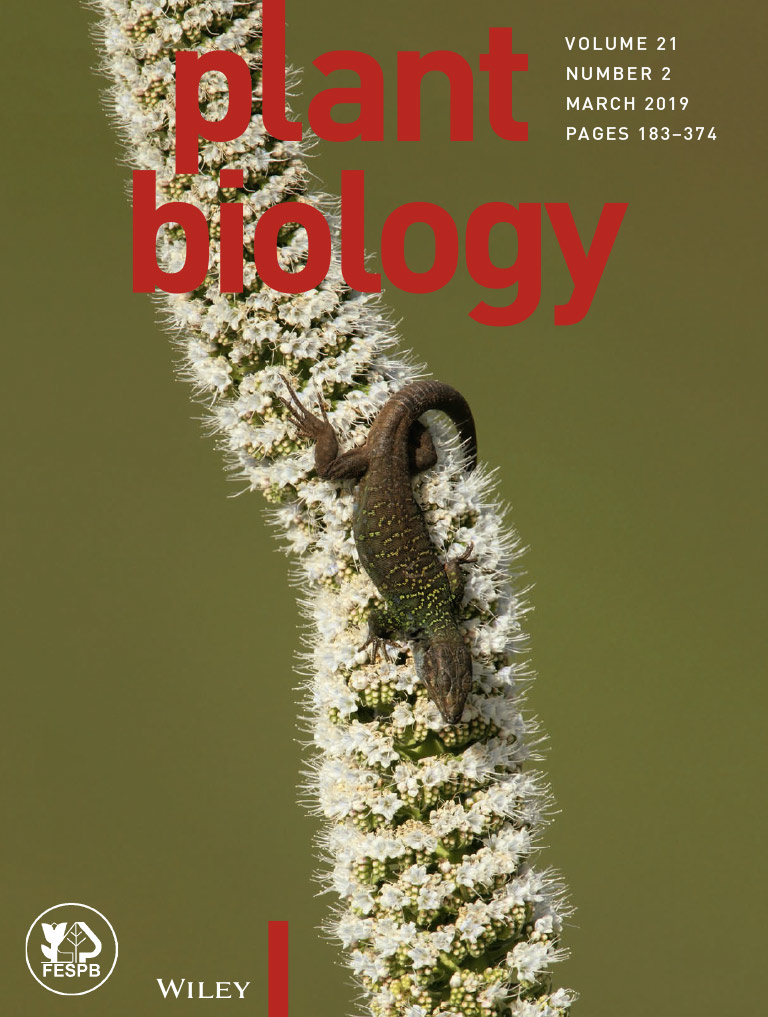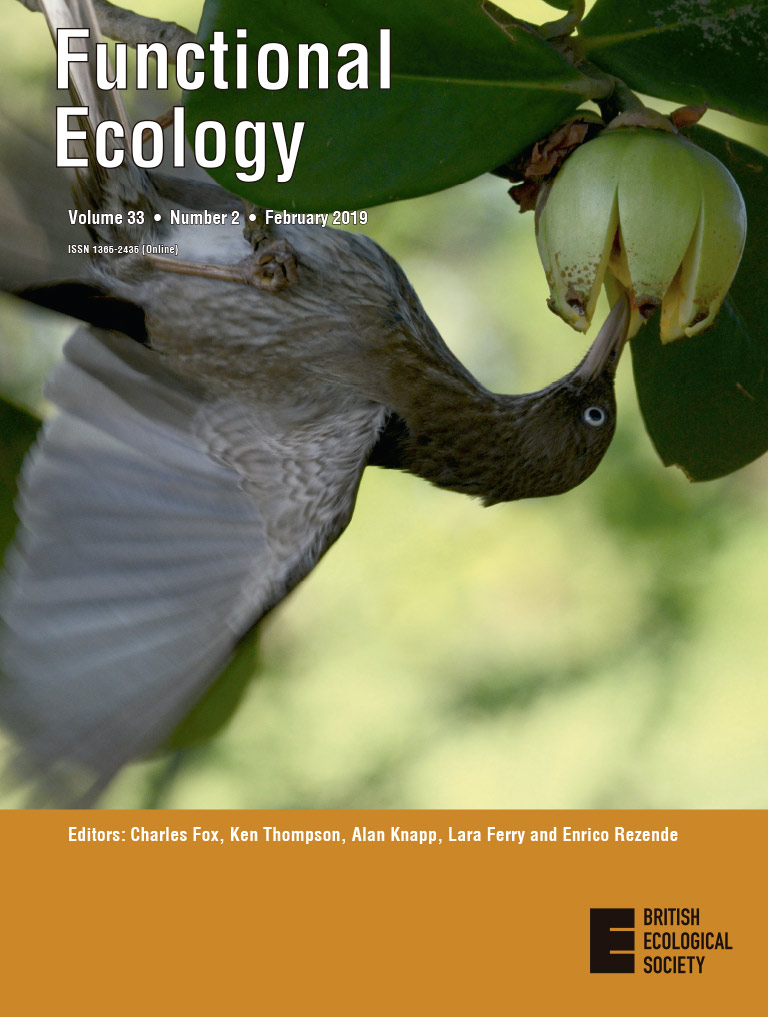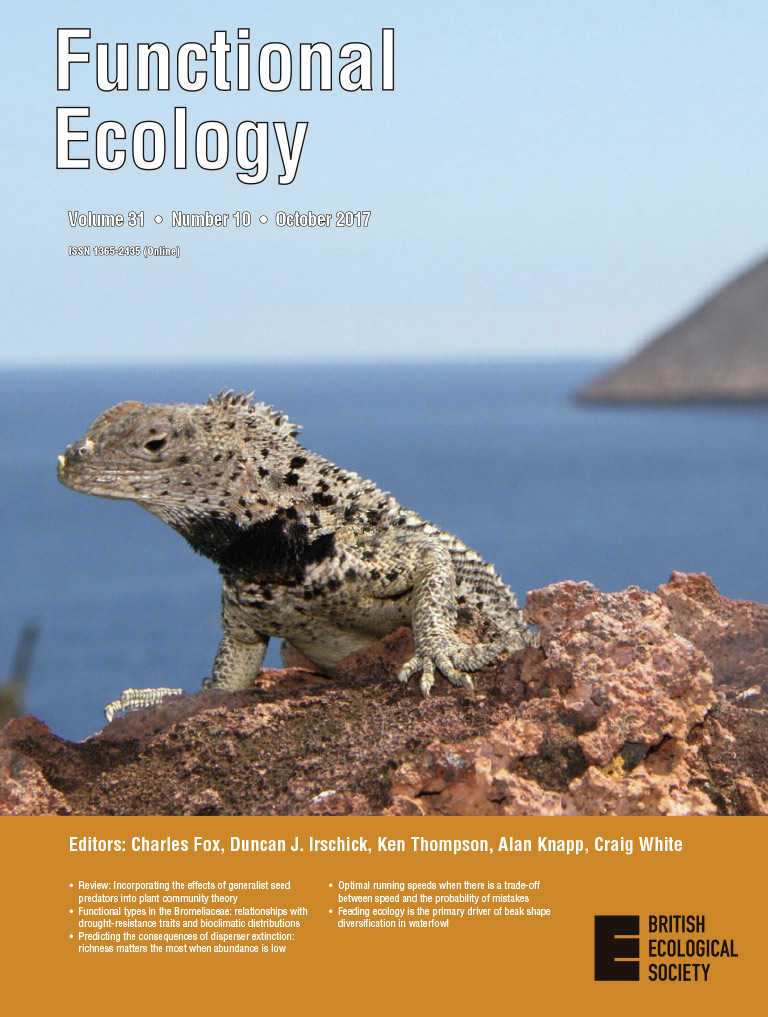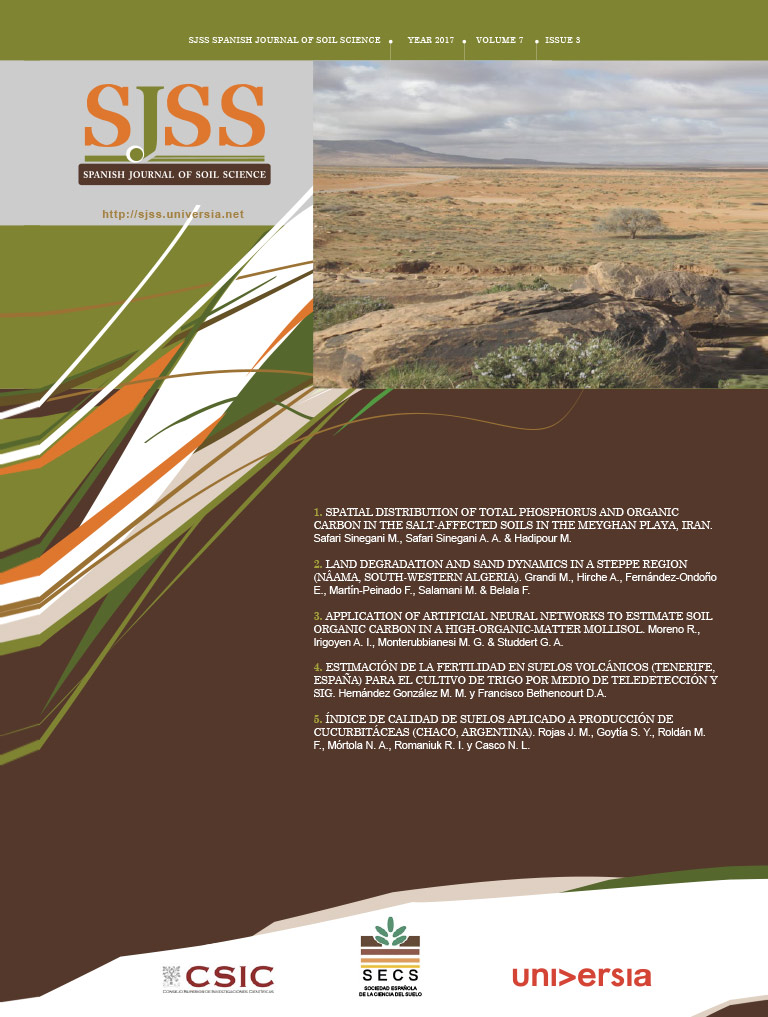Publicaciones
Esta sección incluye una lista de los últimos artículos científicos del IPNA publicados en revistas incluidas en el Science Citation Index (SCI).
En DIGITAL.CSIC, repositorio institucional del CSIC, pueden encontrar el listado completo de artículos científicos desde 1962, así como otras colecciones de interés como congresos, tesis, libros, material divulgativo, etc. del centro. El objetivo de DIGITAL.CSIC es organizar, preservar y difundir en acceso abierto los resultados de nuestra investigación.
En el repositorio institucional del CSIC, pueden encontrar el listado completo de artículos científicos, así como otras colecciones de interés como congresos, tesis, libros, material divulgativo, etc.
Análisis de la Producción Científica del IPNA 2014-2019: análisis bibliométrico realizado a partir de datos recogidos en Scopus y Web of Science.

Dust and tropical PMx aerosols in Cape Verde: Sources, vertical distributions and stratified transport from North Africa
We investigated the sources and processes affecting the vertical distribution of tropical PMx aerosols (particulate matter -PM- smaller than 10, 2.5 and 1 μm, PM10, PM2.5 and PM1, respectively) in the low troposphere of Santo Antão and São Vicente islands, in Cape Verde archipelago, a region where a better understanding of aerosols is needed due to their involvement in tropical meteorology and their impact on air quality, ocean and climate. We found that local sources had a low-scale impact. From transect measurements at ground level, we found that PMx levels were predominantly low, except near to PMx sources, where distinctive PM1 / PM2.5 ratios were measured, linked to vehicle exhaust (0.96), biomass burning (0.67) and Cape Verdean dust (0.36) emissions. The depth of the marine boundary layer (MBL) and the vertical distributions of PMx showed wide variability prompted by meteorological conditions. The trade winds prevailed in the MBL, whereas other airflows were situated above it: North-Atlantic, African easterly airflow and Saharan Air Layer. Under North-Atlantic airflow conditions, the MBL extended to 1400 m above sea level (m.a.s.l.). Above this altitude, PMx concentrations decreased quickly (< 3 μg/m3) due to the free troposphere conditions. Under Saharan dust conditions, the MBL was confined to just 70 m.a.s.l., whereas a complex dust stratification was observed above, characterized by alternating dry air layers with high dust loads (PM10 ~ 100 μg/m3) and more humid air layers with lower aerosol loads (PM10 ~ 40 μg/m3). Within the dry easterly African airflow occurring above the marine stratocumulus typical of the MBL top (placed at 500 m.a.s.l.), we detected layers enriched in hydrophilic aerosols (PM10: ~ 8 μg/m3). These were imbedded in relatively humid air (RH ~48%), probably linked to secondary aerosol formation by in-cloud processes in the marine stratocumulus situated below. We found that PMx transport from North Africa, both under dust and dust-free conditions, is associated with complex vertical stratifications, even within the dusty Saharan Air Layer.
Rodríguez, Sergio; López-Darias, Jessica
The therapeutic potential of novel isobenzofuranones against Naegleria fowleri
The Free-Living Amoeba species, Naegleria fowleri is the causative agent of a lethal encephalitis known as Primary Amoebic Encephalitis (PAM). Moreover, most of the reported cases are often related to swimming and/or diving in aquatic environments. In addition, the current therapeutic options against PAM are not fully effective and hence, there is an urgent need to develop novel therapeutic agents against this disease. Previously isobenzofuranones compounds have been reported to present antiprotozoal and antifungal activity among others. However, to the best of our knowledge, these molecules have not been previously tested against N. fowleri. Therefore, the aim of this study was to evaluate the activity of 14 novel isobenzofuranones against this pathogenic amoeba. The most active and less toxic molecules, were assayed in order to check induction of Programmed Cell Death (PCD) in the treated amoebae. The obtained results showed that these molecules were able to eliminate N. fowleri trophozoites and also induced PCD. Therefore, the tested isobenzofuranones could be potential therapeutic candidates for the treatment of PAM.
Rizo-Liendo, Aitor; Arberas-Jiménez, Iñigo; Sifaoui, Ines; Gkolfi, Dimitra; Santana, Yiset; Cotos, Leandro; Tejedor, David; García-Tellado, Fernando; Piñero, José E.; Lorenzo-Morales, Jacob
Dispersal limitations and long-term persistence drive differentiation from haplotypes to communities within a tropical sky-island: evidence from community metabarcoding
Neutral theory proposes that dispersal stochasticity is one of the main drivers of local diversity. Haplotypes-level genetic variation can now be efficiently sampled from across whole communities, thus making it possible to test neutral predictions from the genetic to species-level diversity, and higher. However, empirical data is still limited, with the few studies to date coming from temperate latitudes. Here, we focus on a tropical mountain within the Transmexican Volcanic Belt to evaluate spatially fine-scale patterns of arthropod community assembly to understand the role of dispersal limitation and landscape features as drivers of diversity. We sampled whole-communities of arthropods for eight orders at a spatial scale ranging from 50 m to 19 km, using whole community metabarcoding. We explored multiple hierarchical levels, from individual haplotypes to lineages at 0.5, 1.5, 3, 5, 7.5% similarity thresholds, to evaluate patterns of richness, turnover, and distance decay of similarity with isolation-by-distance and isolation-by resistance (costs to dispersal given by landscape features) approaches. Our results showed that distance and altitude influence distance decay of similarity at all hierarchical levels. This holds for arthropod groups of contrasting dispersal abilities, but with different strength depending on the spatial scale. Our results support a model where local-scale differentiation mediated by dispersal constraints, combined with long-term persistence of lineages, is an important driver of diversity within tropical sky islands.
Gálvez-Reyes, Nancy; Arribas, Paula; Andújar, Carmelo; Emerson, Brent C.; Piñero, Daniel; Mastretta-Yanes, Alicia
Tetrazine Dynamic Covalent Polymer Networks
Dynamic nucleophilic aromatic substitution of tetrazines (SNTz) has been used for the synthesis of dynamic covalent polymer networks that take advantage of both the reversible nature of the reaction and the versatility of the tetrazine ring. Polymer microspheres were easily synthesized and they were proved to be degraded either by UV irradiation or by a chemical stimulus, recovering the original monomer, which allows an efficient recycling. It was also possible to convert one polymer into another one (metamorphosis) by irreversible exchange of monomers. Additionally, the backbone of the polymers could be reduced/oxidized or postfunctionalized with polar groups by the inverse electron demand Diels–Alder (IEDDA) reaction, which not only locked the exchange but also allows for the modulation of the polymer properties, such as solubility in water. Tetrazine dynamic polymers are a recyclable and highly versatile kind of material that enables postsynthetic modulation of their properties as well as provides novel chemical methods and photodegradation.
Rivero, David S.; Paiva-Feener, Rafael E.; Santos, Tanausú; Martín-Encinas, Endika; Carrillo Fumero, Romen
Root treatment with a vitamin K3 derivative: a promising alternative to synthetic fungicides against Botrytis cinerea in tomato plants
BACKGROUND Botrytis cinerea, the causal agent of gray mold has a great economic impact on several important crops. This necrotrophic fungus causes disease symptoms during vegetative growth and also into postharvest stages. The current method to combat this disease is fungicide application, with high economic costs and environmentally unsustainable impacts. Moreover, there is an increasing general public health concern about these strategies of crop protection. We studied the protection of tomato plants against B. cinerea by previous root treatment with menadione sodium bisulfite (MSB), a known plant defense activator.
RESULTS Root treatment 48 h before inoculation with MSB 0.6 mmol L−1 reduced leaf lesion diameter by 30% and notably cell deaths, compared to control plants 72 h after inoculation. We studied the expression level of several pathogenesis-related (PR) genes from different defense transduction pathways, and found that MSB primes higher PR1 expression against B. cinerea. However, this stronger induced resistance was impaired in transgenic salicylic acid-deficient NahG line. Additionally, in the absence of pathogen challenge, MSB increased tomato plant growth by 28% after 10 days. Our data provide evidence that MSB protects tomato plants against B. cinerea by priming defense responses through the salicylic acid (SA)-dependent signaling pathway and reducing oxidative stress.
CONCLUSION This work confirms the efficacy of MSB as plant defense activator against B. cinerea and presents a novel alternative to combat gray mold in important crops.
García-Machado, Francisco J.; García-García, Ana L.; Borges, Andrés A.; Jiménez-Arias, David
Democratising Heritage Values: A Methodological Review
This paper explores the transformation of heritage values from a critical perspective. The de-authorising conceptual shift in cultural heritage has not always been accompanied by a revitalisation of the dynamics of valorisation. To achieve the integration of multivocal discourses in sustainable preservation strategies, experts and academics need to work with methods that enable this to happen. This article presents a methodological analysis articulated through three different case studies that bring new experiences regarding the decolonisation of knowledge in the field of heritage values, addressing different aspects of the social dimension of cultural heritage. The first deals with contestation processes associated with productive winemaking traditions in the Rias Baixas, Galicia, Spain. The second case addresses the rebellious Paris of the Commune and the narratives associated with the valorisation of the traces that it has left in the city’s landscape. Finally, the third case analyses the values that come into play when citizens’ participation governs the transformation of an archaeological site in Barcelona. To conclude, we reflect on the idea of sustainability as a way of listening to, sharing and co-creating knowledge connected to communities.
Pastor Pérez, Ana; Barreiro Martínez, David; Parga-Dans, Eva; Alonso-González, Pablo
Macaronesia as a Fruitful Arena for Ecology, Evolution, and Conservation Biology
Research in Macaronesia has led to substantial advances in ecology, evolution and conservation biology. We review the scientific developments achieved in this region, and outline promising research avenues enhancing conservation. Some of these discoveries indicate that the Macaronesian flora and fauna are composed of rather young lineages, not Tertiary relicts, predominantly of European origin. Macaronesia also seems to be an important source region for back-colonisation of continental fringe regions on both sides of the Atlantic. This group of archipelagos (Azores, Madeira, Selvagens, Canary Islands, and Cabo Verde) has been crucial to learn about the particularities of macroecological patterns and interaction networks on islands, providing evidence for the development of the General Dynamic Model of oceanic island biogeography and subsequent updates. However, in addition to exceptionally high richness of endemic species, Macaronesia is also home to a growing number of threatened species, along with invasive alien plants and animals. Several innovative conservation and management actions are in place to protect its biodiversity from these and other drivers of global change. The Macaronesian Islands are a well-suited field of study for island ecology and evolution research, mostly due to its special geological layout with 40 islands grouped within five archipelagos differing in geological age, climate and isolation. A large amount of data is now available for several groups of organisms on and around many of these islands. However, continued efforts should be made toward compiling new information on their biodiversity, to pursue various fruitful research avenues and develop appropriate conservation management tools.
Florencio, Margarita; Patiño, Jairo; Nogué, Sandra; Traveset, Anna; Borges, Paulo A. V.; Schaefer, Hanno; Amorim, Isabel R.; Arnedo, Miquel; Ávila, Sérgio P.; Cardoso, Pedro; de Nascimento, Lea; Fernández-Palacios, José María; Gabriel, Sofia I.; Gil, Artur; Gonçalves, Vítor; Haroun, Ricardo; Illera, Juan Carlos; López-Darias, Marta; Martínez, Alejandro; Martins, Gustavo M.; Neto, Ana I.; Nogales, Manuel; Oromí, Pedro; Rando, Juan Carlos; Raposeiro, Pedro M.; Rigal, François; Romeiras, Maria M.; Silva, Luís; Valido, Alfredo; Vanderpoorten, Alain; Vasconcelos, Raquel; Santos, Ana M. C.
1,5-Hydrogen Atom Transfer/Surzur–Tanner Rearrangement: A Radical Cascade Approach for the Synthesis of 1,6-Dioxaspiro[4.5]decane and 6,8-Dioxabicyclo[3.2.1]octane Scaffolds in Carbohydrate Systems
The 1,5-HAT–1,2-(ester)alkyl radical migration (Surzur–Tanner rearrangement) radical/polar sequence triggered by alkoxyl radicals has been studied on a series of C-glycosyl substrates with 3-C-(α,β-d,l-glycopyranosyl)1-propanol and C-(α-d,l-glycopyranosyl)methanol structures prepared from chiral pool d- and l-sugar. The use of acetoxy and diphenoxyphosphatoxy as leaving groups provides an efficient construction of 10-deoxy-1,6-dioxaspiro[4.5]decane and 4-deoxy-6,8-dioxabicyclo[3.2.1]octane frameworks. The alkoxyl radicals were generated by the reaction of the corresponding N-alkoxyphthalimides with group 14 hydrides [n-Bu3SnH(D) and (TMS)3SiH], and in comparative terms, the reaction was also initiated by visible light photocatalysis using the Hantzsch ester/fac-Ir(ppy)3 procedure. Special attention was devoted to the influence of the relative stereochemistry of the centers involved in the radical sequence on the reaction outcome. The addition of BF3•Et2O as a catalyst to the radical sequence resulted in a significant increase in the yields of the desired bicyclic ketals.
León, Elisa I.; Martín, Ángeles; Montes, Adrián S.; Pérez-Martín, Inés; Rodríguez, María del Sol; Suárez, Ernesto
Elemental composition, rare earths and minority elements in organic and conventional wines from volcanic areas: The Canary Islands (Spain)
The organic wine market is rapidly growing worldwide, both in terms of production and consumption. However, the scientific literature is not conclusive regarding differences in the elemental composition of wines according to their production method, including both major and trace elements. Minerals can be present in wine as a result of both anthropogenic and environmental factors. To date, this has not been evaluated in volcanic contexts, neither has the emergent issue of rare earths and other minority elements as potential sources of food contamination. This study using inductively coupled plasma mass spectrometry (ICP-MS) analyses organic and conventional wines produced in the Canary Islands (Spain), an archipelago of volcanic origin, to compare their content of 49 elements, including rare earths and minority elements. Our results showed that organic wines presented lower potential toxic element content on average than their conventional counterparts, but differences were not significant. Geographical origin of the wine samples (island) was the only significant variable differentiating wine samples by their composition profiles. By comparing our data with the literature, no agreement was found in terms of differences between organic and conventionally-produced wines. This confirms that other factors prevail over elemental composition when considering differences between wine production methods. Regarding the toxicological profile of the wines, five samples (three organic and two conventional) exceeded the maximum limits established by international legislation. This highlights the need for stricter analytical monitoring in the Canary Islands, with a particular focus on Cu and Ni concentration, and potentially in other volcanic areas.
Alonso-González, Pablo; Parga-Dans, Eva; Arribas, Paula; Pérez Luzardo, Octavio; Zumbado Peña, Manuel; Hernández González, María Mercedes; Rodríguez-Hernández, Ángel; Andújar, Carmelo
Calidad del aire ambiente, inhalación de contaminantes y consultas en los servicios de urgencia
Rodríguez, Sergio
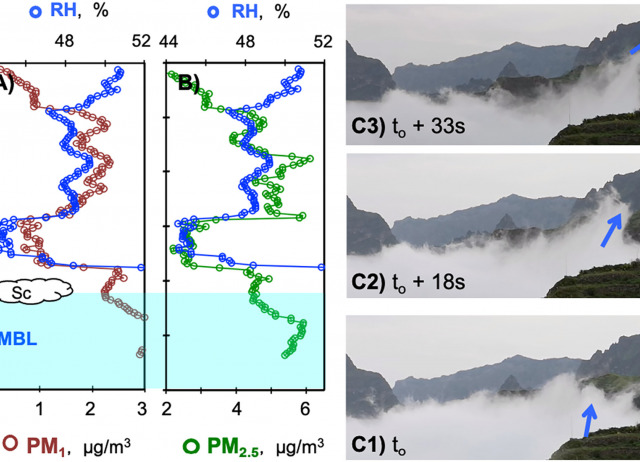
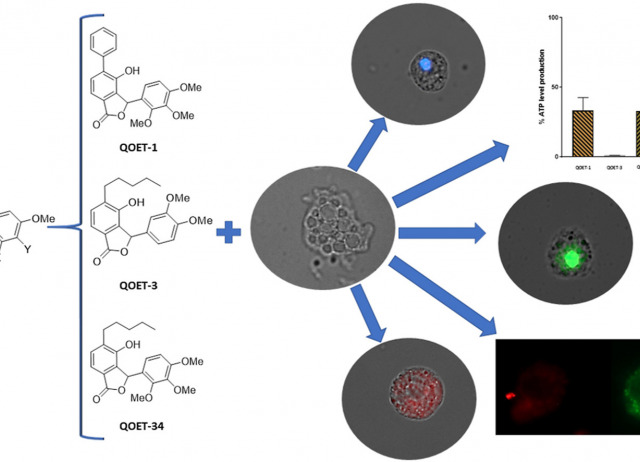
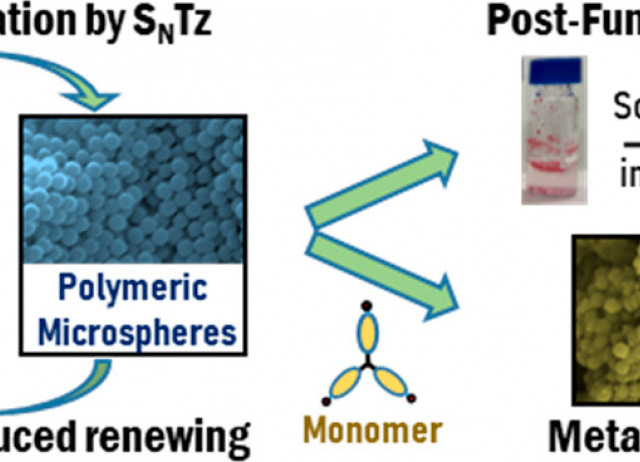
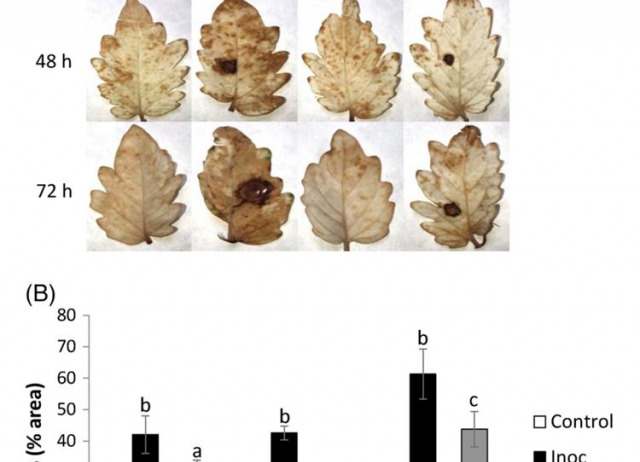
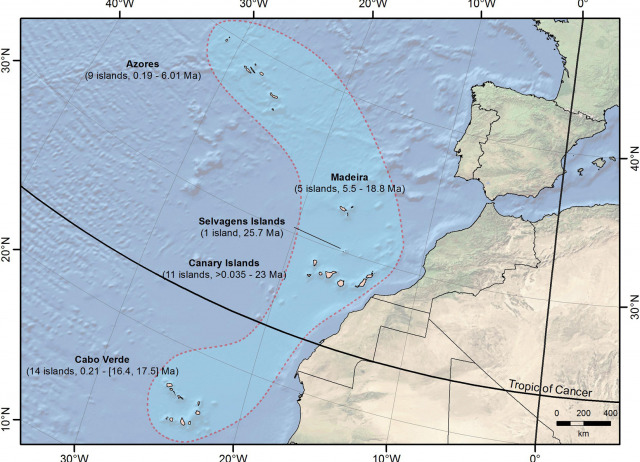
![1,5-Hydrogen Atom Transfer/Surzur–Tanner Rearrangement: A Radical Cascade Approach for the Synthesis of 1,6-Dioxaspiro[4.5]decane and 6,8-Dioxabicyclo[3.2.1]octane Scaffolds in Carbohydrate Systems](/sites/default/files/styles/img_fondo_entradilla_640x462/public/2021-09/jo1c01376_0014.jpeg?h=2750187c&itok=IA5HufuU)


